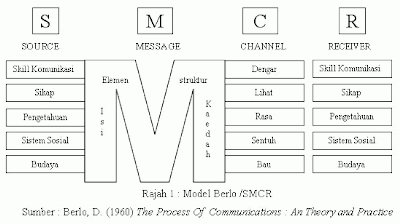Twilight
Movie
Isabella
"Bella" Swan moves from sunny Phoenix, Arizona, to rainy Forks,
Washington, to live with her father, Charlie. She chooses to do this so that
her mother, Renée, can travel with her new husband, Phil Dwyer, who is a minor
league baseball player. Bella attracts much attention at her new school and is
quickly befriended by several students. Much to her dismay, several boys in the
school compete for shy Bella's attention.
When
Bella sits next to Edward Cullen in class on her first day of school, Edward
seems utterly repulsed by her. However, over the next few days Edward warms up
to her, and their new found relationship reaches a climax when Bella is almost
run over by a fellow classmate's van in the school parking lot. Seemingly
defying the laws of reality, Edward saves her life by stopping the van with his
bare hands.
Bella
then becomes hellbent on figuring out how Edward saved her life, and pesters
him with questions constantly. After tricking a family friend, Jacob Black,
into telling her local tribal legends, Bella concludes that Edward and his
family are vampires who drink the blood of animals instead of humans. Edward
reveals that he initially avoided Bella because the scent of her blood was so
desirable to him. Over time, Edward and Bella fall in love.
Their
relationship is thrown into chaos when another vampire coven sweeps into Forks
and James, a tracker vampire, decides that he wants to hunt Bella for sport.
The Cullens plan to distract the tracker by splitting up Bella and Edward, and
Bella is sent to hide in a hotel in Phoenix. Bella then gets a phone call from
James in which he says that he has her mother, and that Bella must give herself
up to save her. She does so and James attacks her, but Edward, along with the
rest of the Cullen family, rescues Bella before James can kill her. Once they
realize that James has bitten Bella's hand, Edward sucks the venom out of her
system before it can spread and change her into a vampire. Upon returning to
Forks, Bella and Edward attend their prom and Bella expresses her desire to
become a vampire, which Edward refuses to let happen.
Interpersonal
Communication :
- stage of relationship and context :when bella and edward didn't know each other for the first time they met. And then, they met again on next class, and Bella sit beside Edward. When Bella standing beside her car in parking areas, Bella is almost run over by a fellow classmate's van in the school parking lot. Seemingly defying the laws of reality, Edward saves her life by stopping the van with his bare hands. Finally Bella know Edward was a Vampire when Edward told Bella in forest.
- Interpersonal Needs and Styles : Bella and Edward have their own characteristic to make them comfortable when they were together. for example, Bella has a quite personality, so do Edward has quite personality too, and this couple felt comfotable with their personality.
- Power : Bella has a wise personality so because of that she can handled the bad situation in their relationship. Edward has a powerfull energy to protect Bella.
- Relation Patterns : when Bella know that Cullen's family is a vampire, than Edward want Bella stay away from Cullen's family but Bella don't want to do that. Until the other vampire in forks knew that and want to hunt Bella and Bella is gotten bite by the other vampire in forks, James. (That is one of the example from defensive climates)


